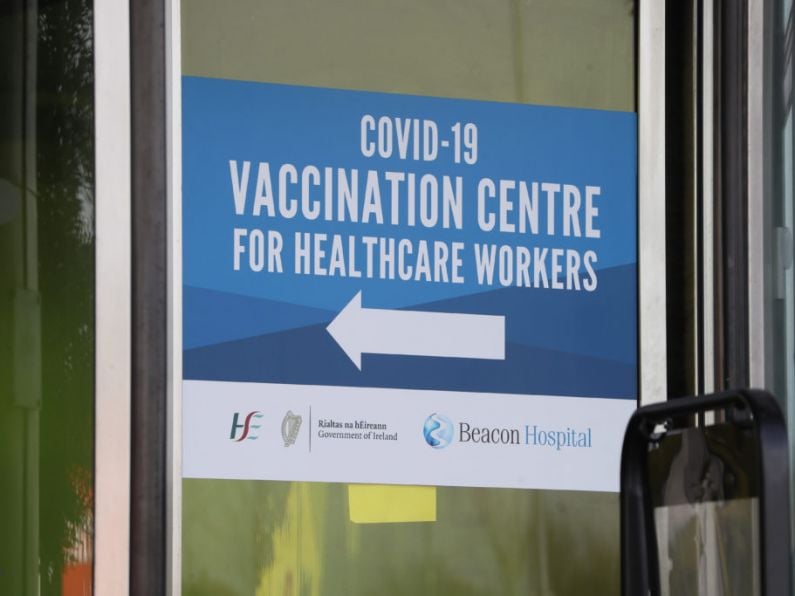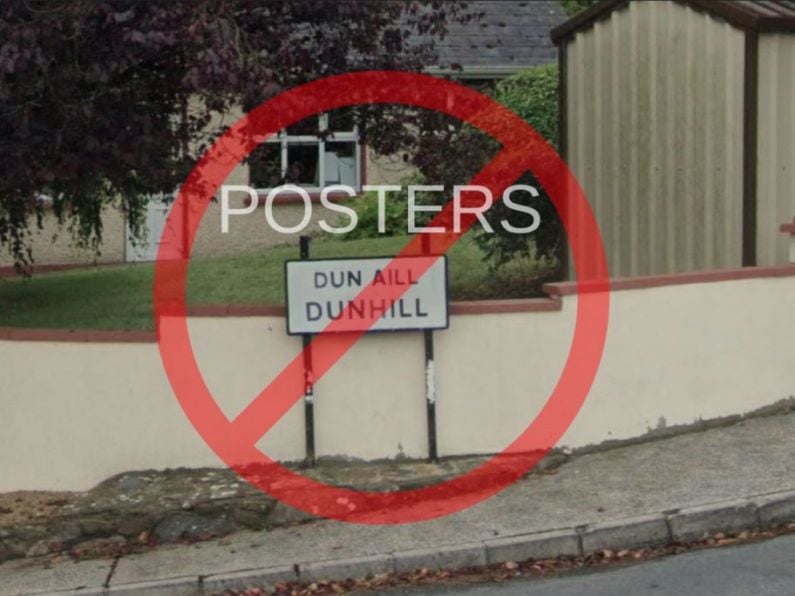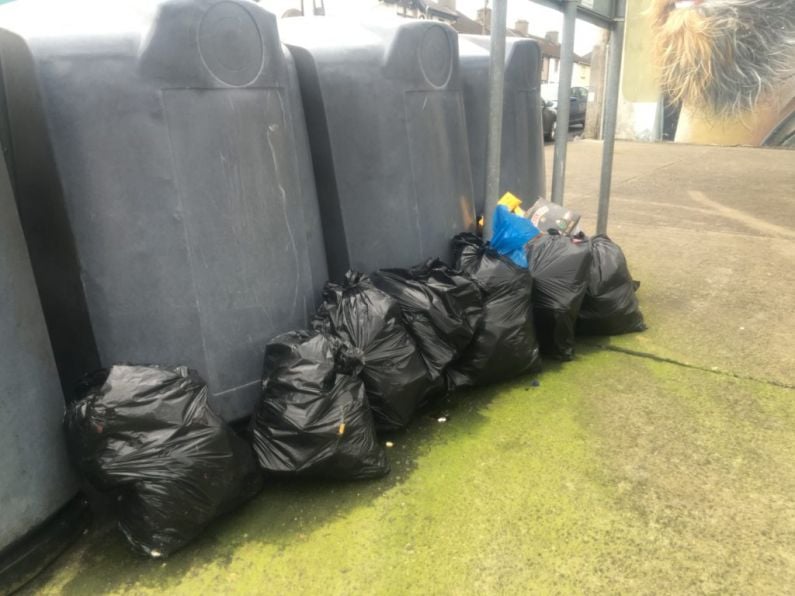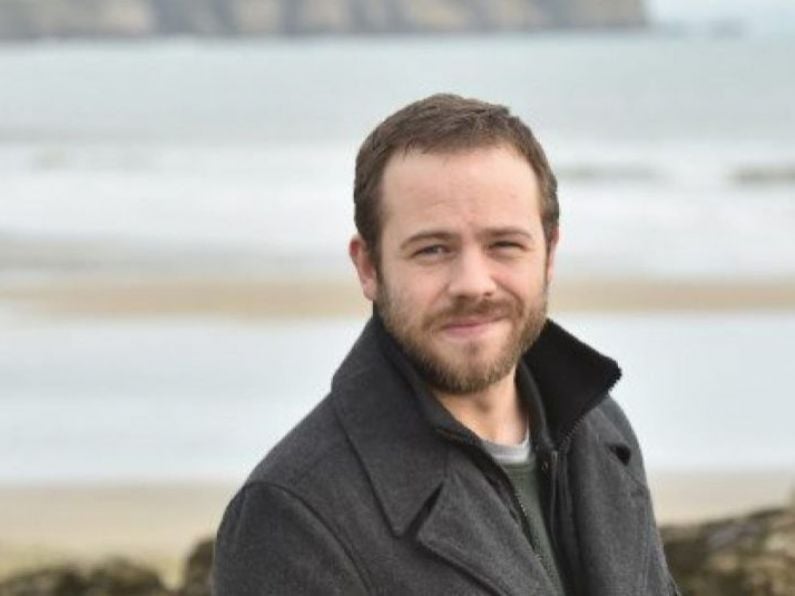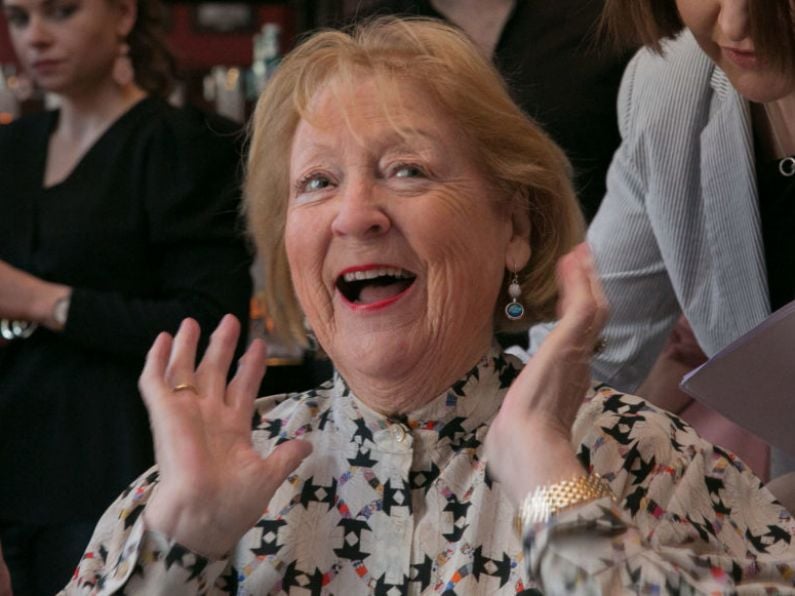Vivienne Clarke
The HSE’s national lead on the Covid vaccine rollout has defended the process following the controversy over private school teachers receiving the vaccine at the Beacon Hospital.
The hospital gave 20 vaccine doses to teachers at a private school attended by children of Beacon chief executive Michael Cullen, and also to workers at nearby creche.
Vaccine operations at the private hospital will now be suspended, with the exception of already scheduled appointments.
The south Dublin hospital, which was administering vaccines as part of the State rollout, apologised for its decision, claiming it was made under “time pressure”.
The hospital admitted the move was not in line with the HSE’s sequencing guidelines for vaccinating priority groups.
The board of the Beacon Hospital is holding an emergency meeting today to discuss the controversy.
Daniel McCallion told RTÉ’s Today with Claire Byrne that he did not believe there was an issue with people getting vaccinated out of sequence. He agreed that what had happened at the Beacon hospital had been “disheartening”.
“We certainly weren’t happy.”
There were clear guidelines about sequencing and having back-up lists, he added.
Mr McCallion also explained that anyone arriving to be vaccinated would have to show proof that they were a frontline worker, in response to a report that a journalist had managed to register to be vaccinated. Anyone turning up at a vaccination centre would have to be validated and provide identification.
He said the HSE investigates all breaches of the rollout guidelines, but he was satisfied that the number of such incidents were “relatively low.”
When asked about the exact number of frontline workers, Mr McCallion said the sector was broad and included mental health and disability congregated settings along with residential care homes. There was no single registry of all frontline workers and there were many part time and sessional workers in the sector, he said.
Mr McCallion anticipated that one million vaccines would arrive in April of which 850,000 to 870,000 would be used with the remainder being kept as a buffer.
The ‘very high risk’ cohort would be vaccinated in April with the ‘high risk’ category being completed in May, he said. These groups would be identified through NIAC who had met with advocacy bodies. Vaccinations would occur in hospitals, specialist settings and primary care, he said.
There were 250,000 identified as ‘very high risk’ with a further 500,000 classified as ‘high risk’. From June the vaccine programme would be age based and the brands of vaccine would not be segregated, all brands would be included in the programme.



